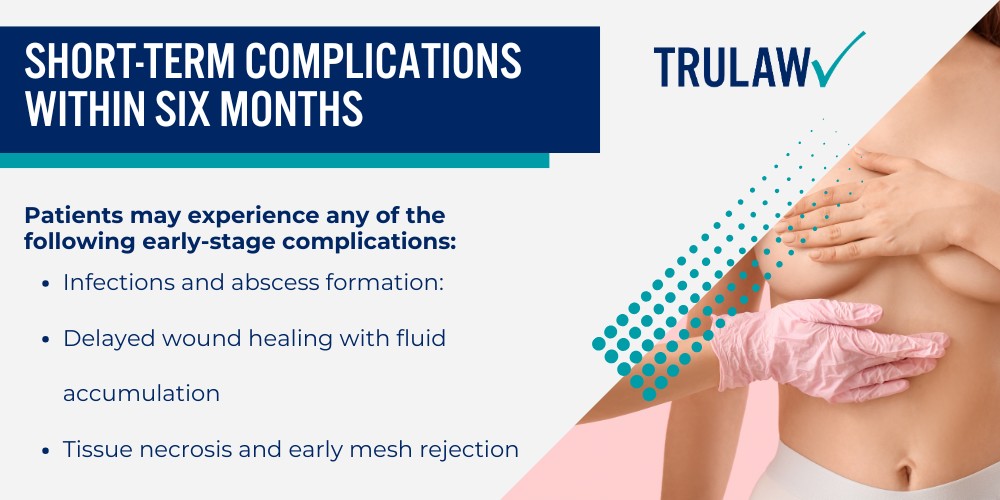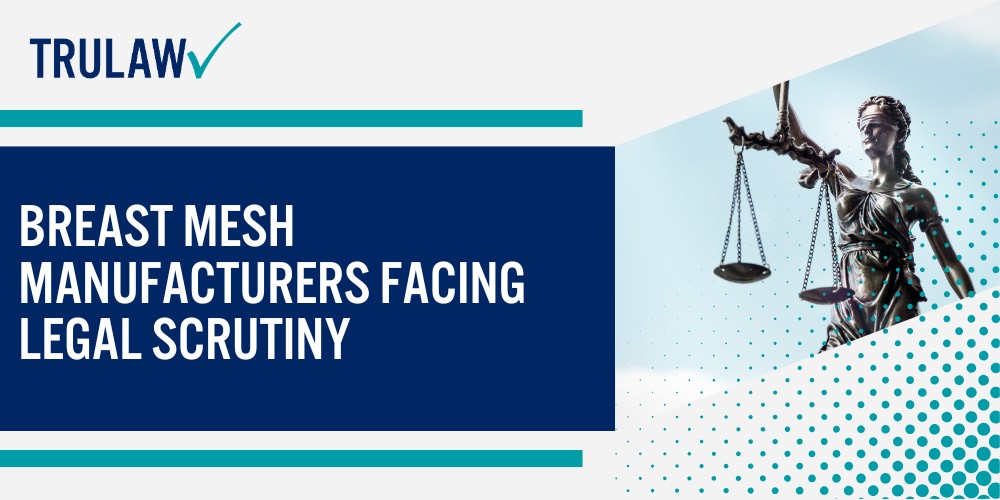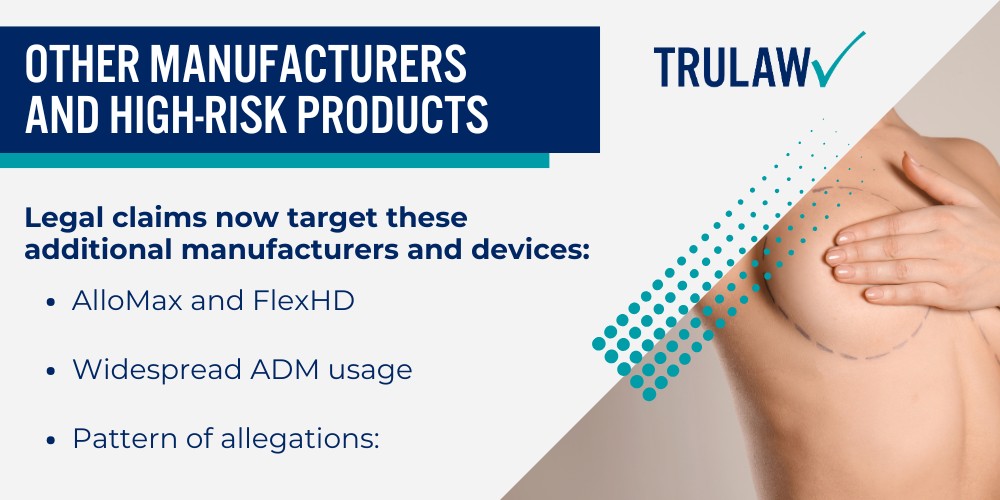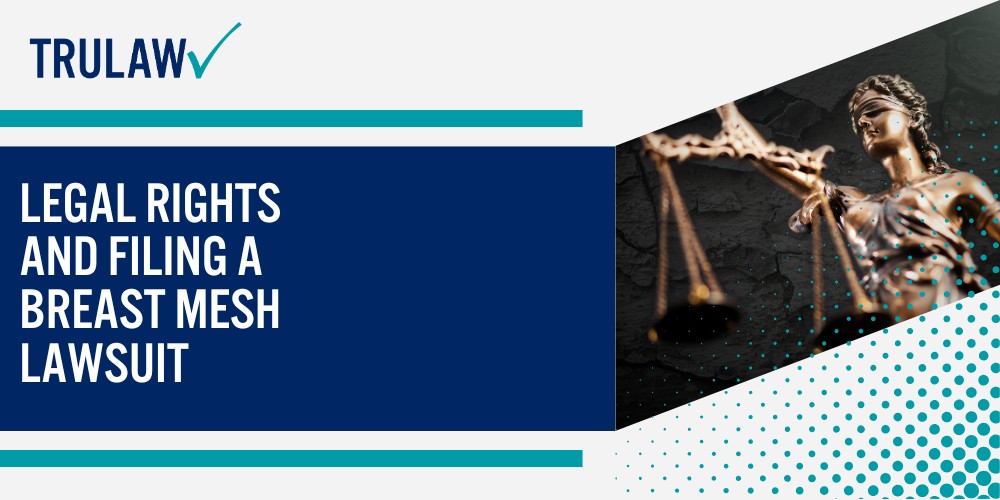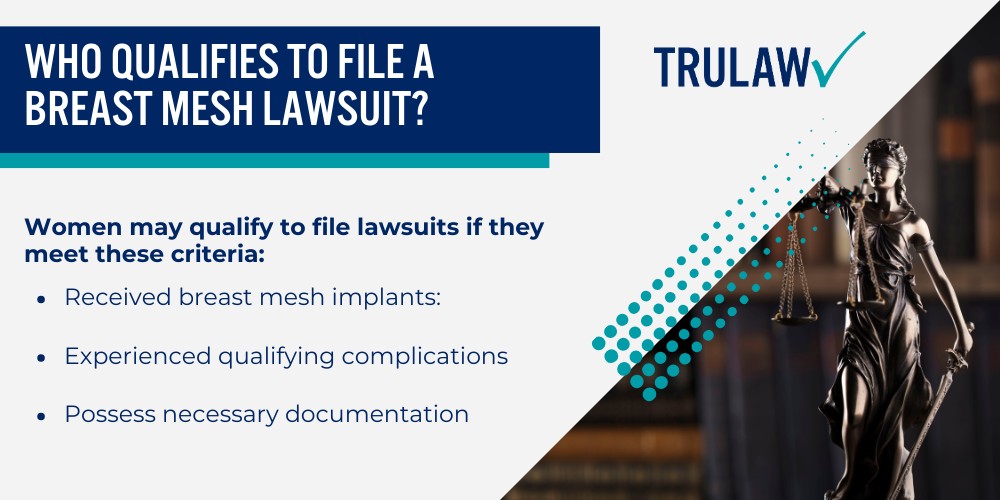Breast mesh implants, commonly referred to as “internal bra” devices, are surgical products used during breast reconstruction and augmentation procedures to provide structural support.
Surgeons increasingly use these materials as scaffolding or support systems for tissue expanders and implants in implant based breast reconstruction.
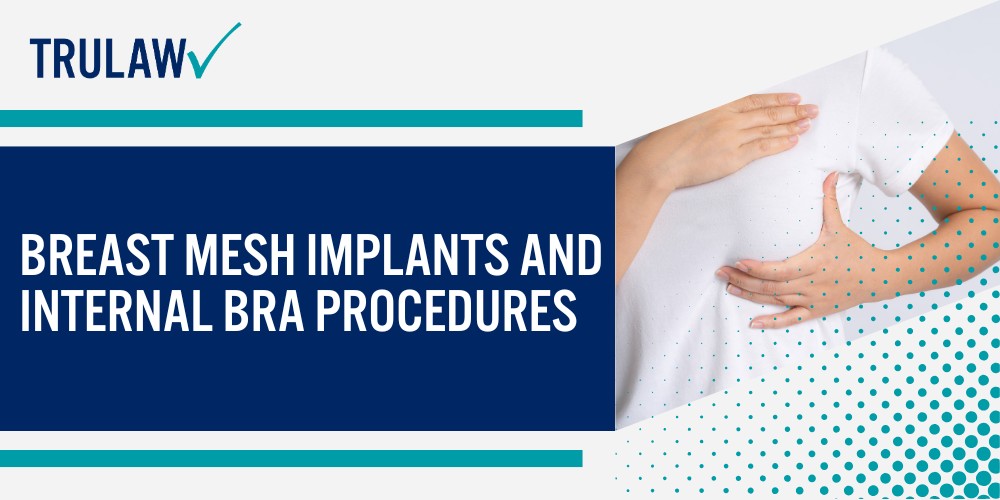
With approximately 105,000 breast reconstruction procedures performed annually following breast cancer and nearly 300,000 augmentation surgeries, many women now receive mesh products during their breast surgeries.
These devices function as internal scaffolding designed to lift and support breast tissue and implants during healing to preserve aesthetic outcomes.
What Are Breast Mesh Internal Bra Implants?
Internal bra mesh consists of synthetic or biologic scaffolding materials placed during breast surgery to lift and support tissue.
These surgical mesh products serve as temporary structural reinforcement while the body develops new supporting tissue.
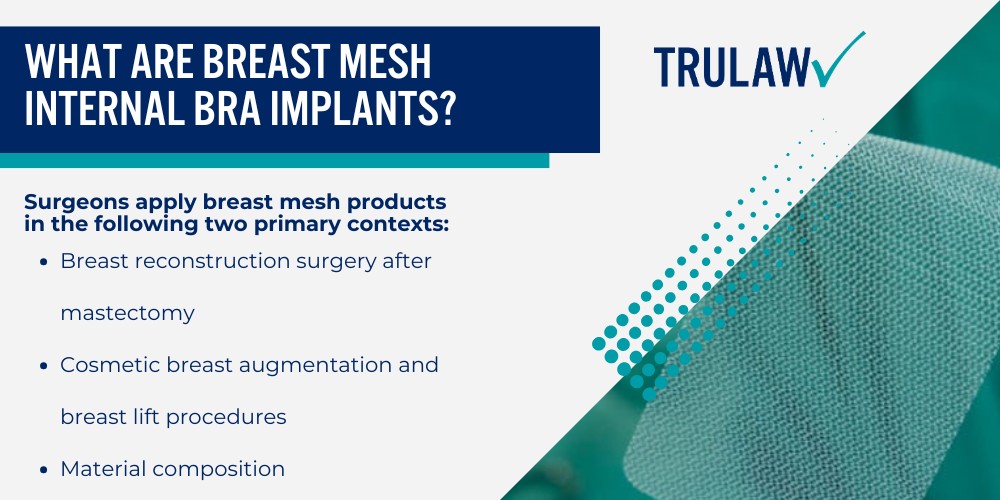
Surgeons apply breast mesh products in the following two primary contexts:
- Breast reconstruction surgery after mastectomy: Surgeons place mesh along the chest wall to support tissue expanders and implants following cancer treatment in alloplastic breast reconstruction
- Cosmetic breast augmentation and breast lift procedures: Mesh provides internal support for implant placement and tissue repositioning
- Material composition: Products include synthetic or biologic mesh including P4HB (poly-4-hydroxybutyrate) polymer scaffolds and acellular dermal matrices made from processed human or animal tissue
These mesh products provide temporary structural support during the healing process.
Manufacturers claim the scaffolding materials encourage the body’s natural collagen production to create permanent tissue reinforcement.
As new collagen develops around the mesh, the synthetic or biologic material is designed to gradually absorb or integrate into surrounding tissue, theoretically creating long-term structural support for breast tissue and implants.
If you received GalaFLEX, Phasix, AlloMax, or FlexHD mesh during breast reconstruction or augmentation and experienced serious complications, you may have grounds for legal action.
Contact TruLaw using the chat on this page to receive an instant case evaluation and learn whether you qualify to join others filing Breast Mesh Lawsuits today.
FDA Clearance Status and Off-Label Use Concerns
Mesh products used in breast surgery received Food and Drug Administration clearance for soft tissue repair, not specific breast approval.
The FDA issued a letter to healthcare providers in November 2023 clarifying this regarding BD mesh products. 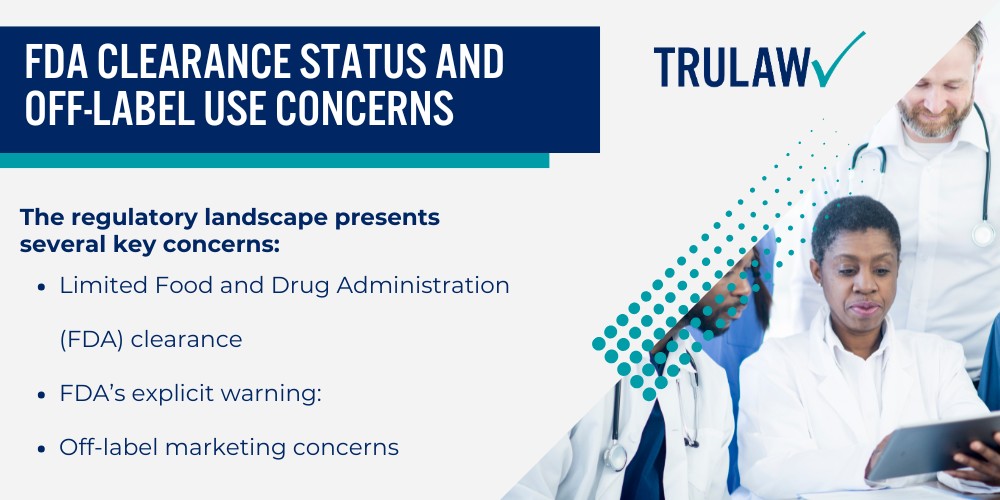
The regulatory landscape presents several key concerns:
- Limited Food and Drug Administration (FDA) clearance: Products like GalaFLEX and Phasix received 510(k) clearance only for soft tissue repair in areas such as hernia treatment, not premarket approval for breast-specific applications
- FDA’s explicit warning: The November 2023 letter states “there are no surgical mesh products cleared or approved by the FDA for use in breast surgery, including in augmentation or reconstruction” and that safety and effectiveness have not been determined for these uses
- Off-label marketing concerns: Lawsuits allege manufacturers promoted these products for breast surgery applications without conducting breast-specific clinical trials or adequately warning patients about risks
The widespread use without FDA approval raises questions about patient safety, informed consent, and potential medical malpractice.
Manufacturers marketed these products to health care providers for breast surgery despite lacking clinical trial data and regulatory approval demonstrating safety and effectiveness for these applications.
If you underwent breast surgery involving mesh products that lacked FDA approval for breast applications and suffered complications, you may be entitled to compensation.
Contact TruLaw using the chat on this page to receive an instant case evaluation and find out if you qualify to file a Breast Mesh Injury Lawsuit today.


